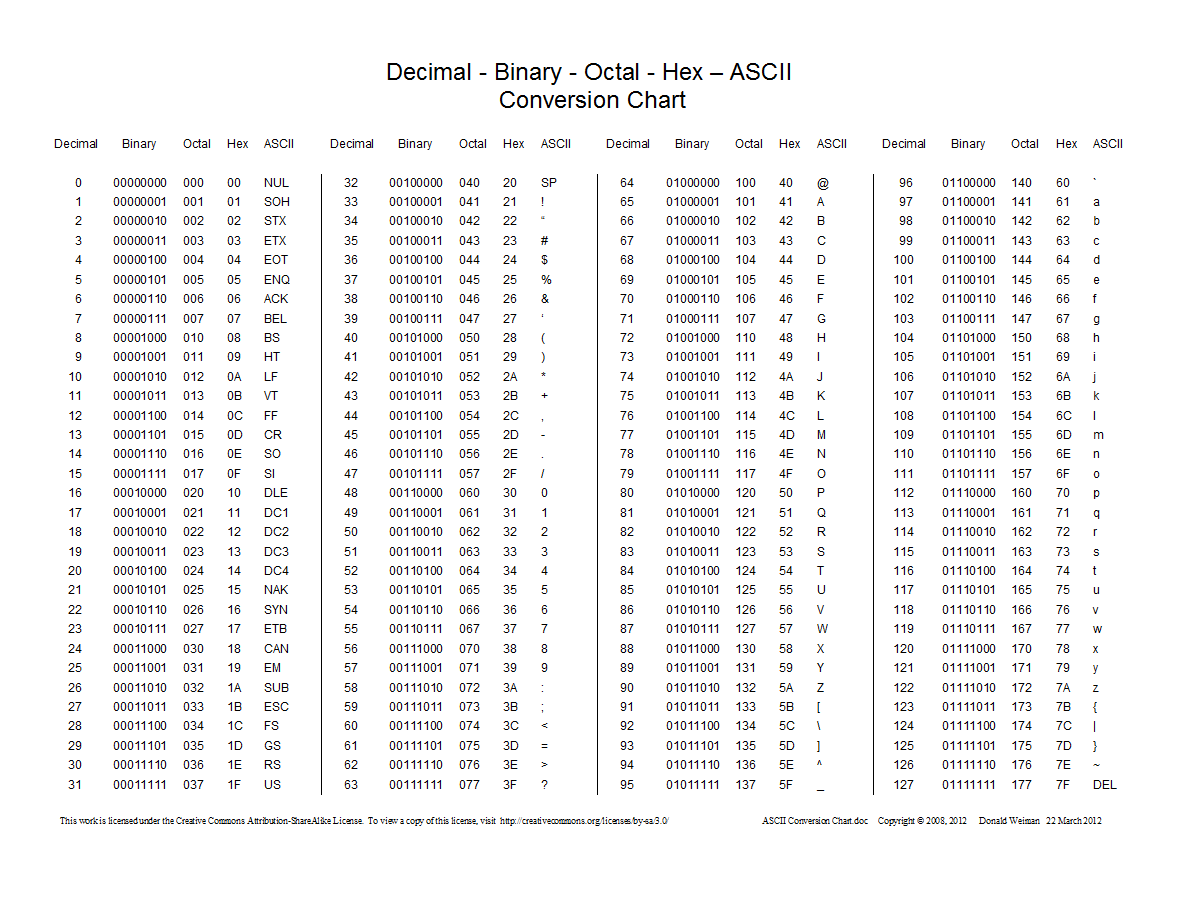01 Binary Math
As an example of binary addition we have 101.

01 binary math. The 1 on the left is in the 2 2 2 position so that means 1 2 2 2 8 the next 1 is in the 2 2 position so that means 1 2 2 4 the next 1 is in the 2 position so that means 1 2 2 the last 1 is in the ones position so that means 1. Note again that in the binary system any 0 to the right of a 1 is relevant while any 0 to the left of the last 1 in the value is not. 1 1 1. A to add these two numbers we first consider the ones column and calculate 1 1 which in binary results in 1 0.
If the input binary were 11111111 you would be then adding 128 64 32 and so on until your place values reach 1 to make 255 the upper limit of the possible range of output values in an. Typically 0 and 1. We carry the 1 to the tens column and the leave the 0 in the ones column. The base 2 numeral system is a positional notation with a radix of 2.
The process of binary division is similar to long division in the decimal system. 1111 8 4 2 1 15 in decimal. Based on the above specification we will solve here the problems online based on the multiplication of binary numbers. The binary product of the two binary numbers 1 and 1 is equal to 1 only.
In mathematics and digital electronics a binary number is a number expressed in the base 2 numeral system or binary numeral system which uses only two symbols. Each digit is referred to as a bit because of its straightforward implementation in digital electronic circuitry using logic gates the.



















